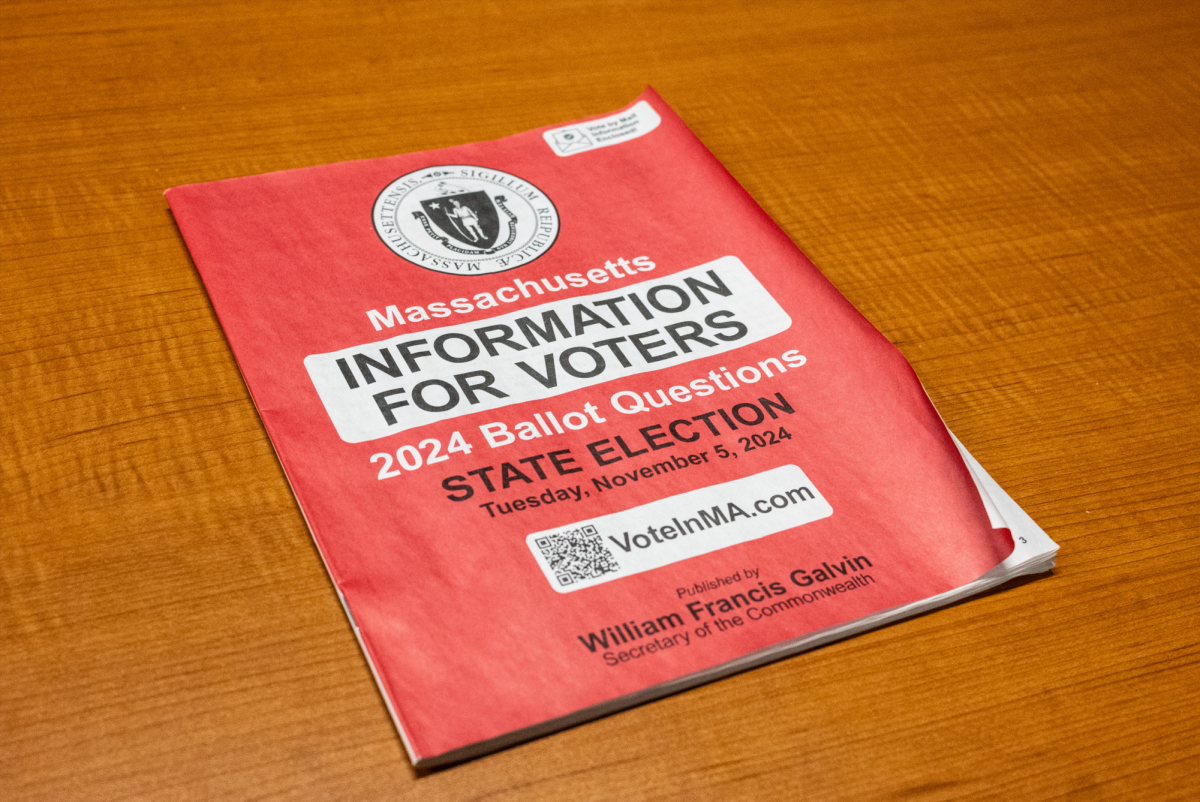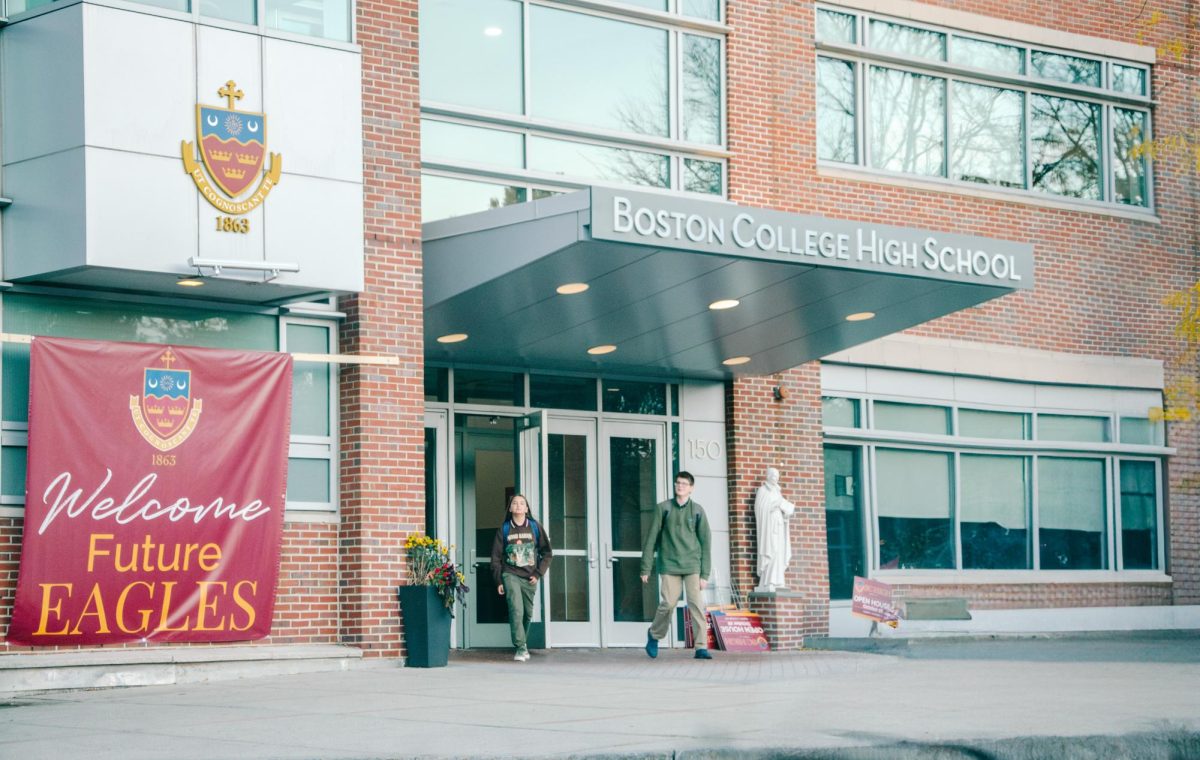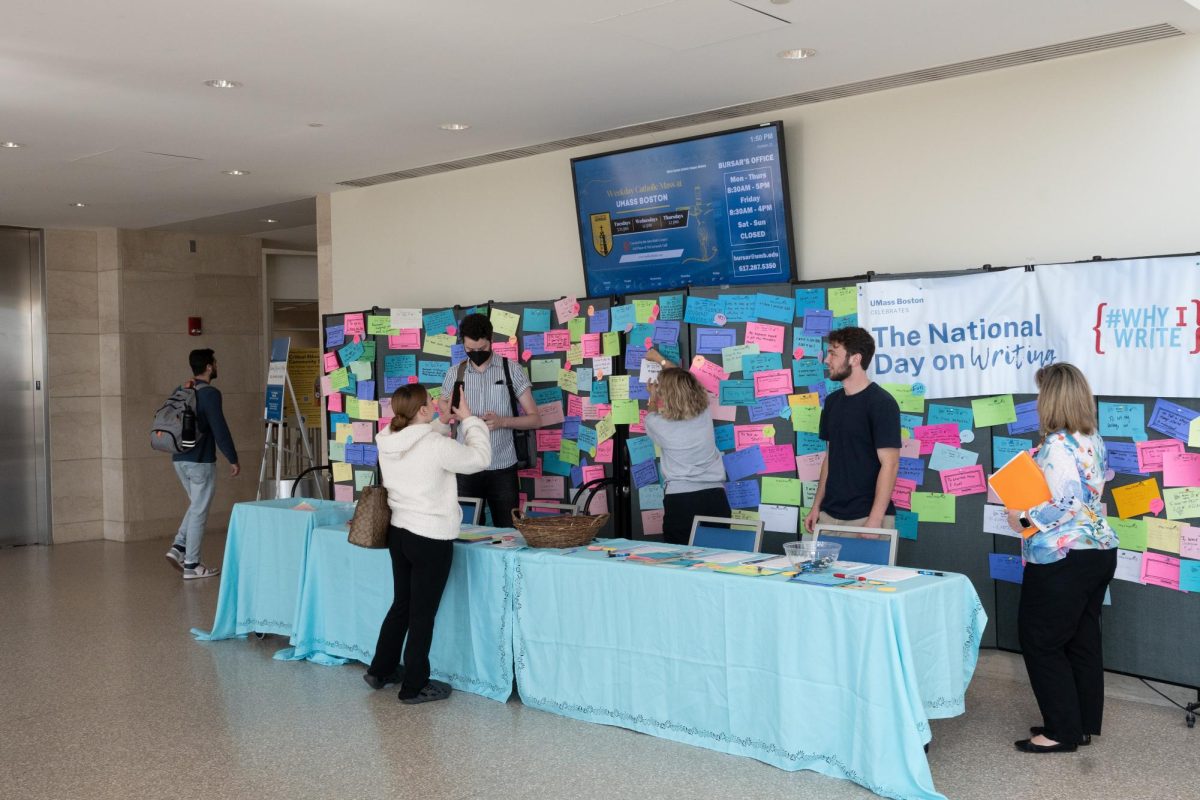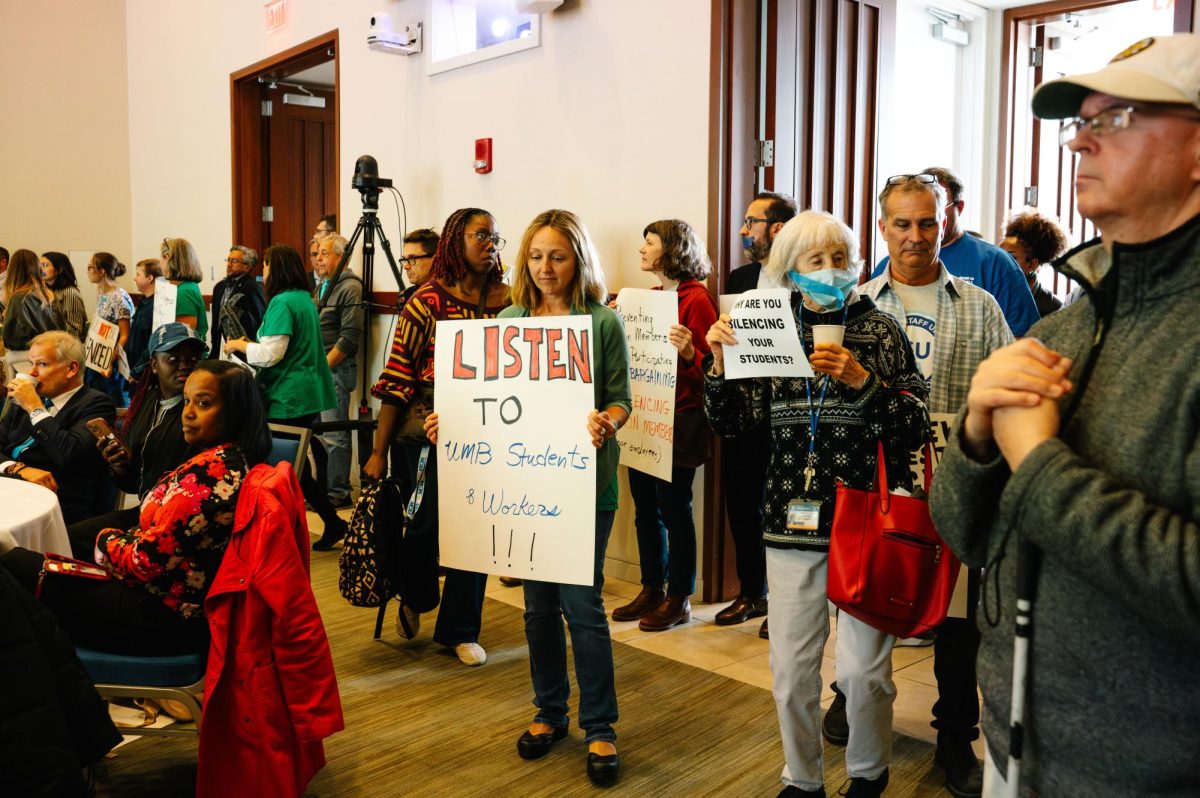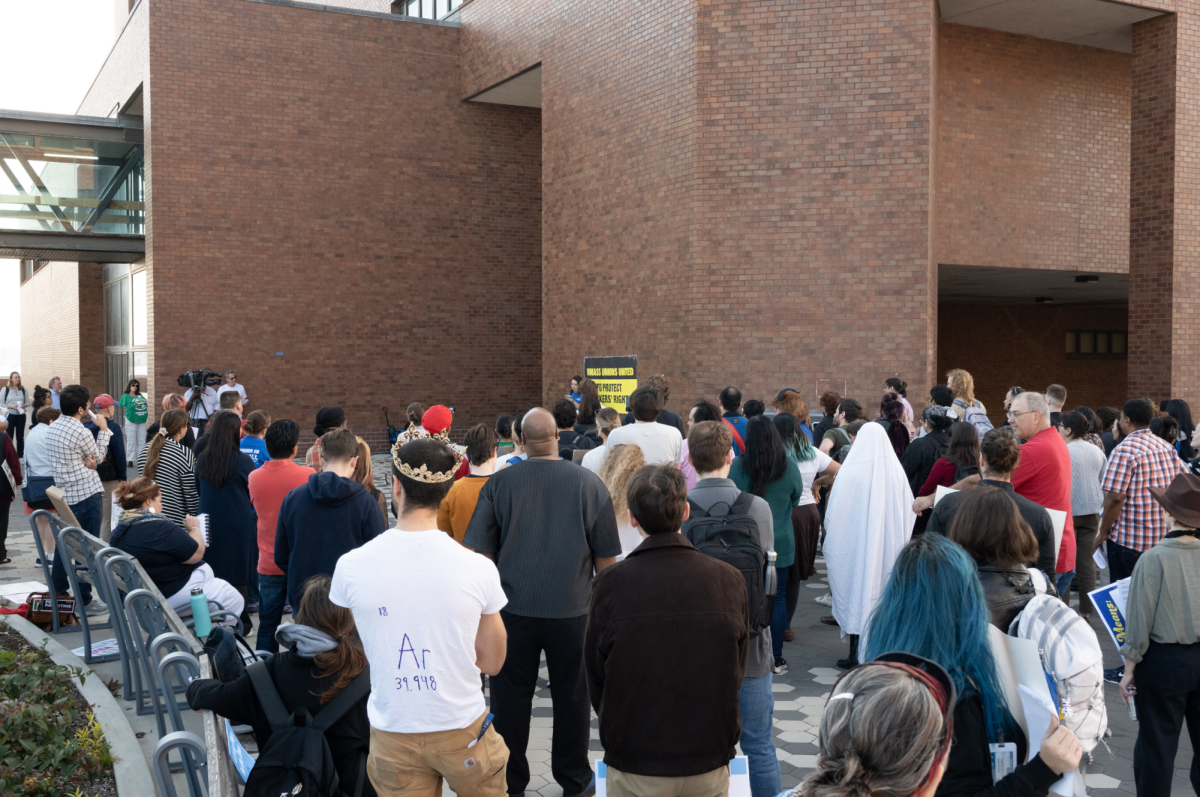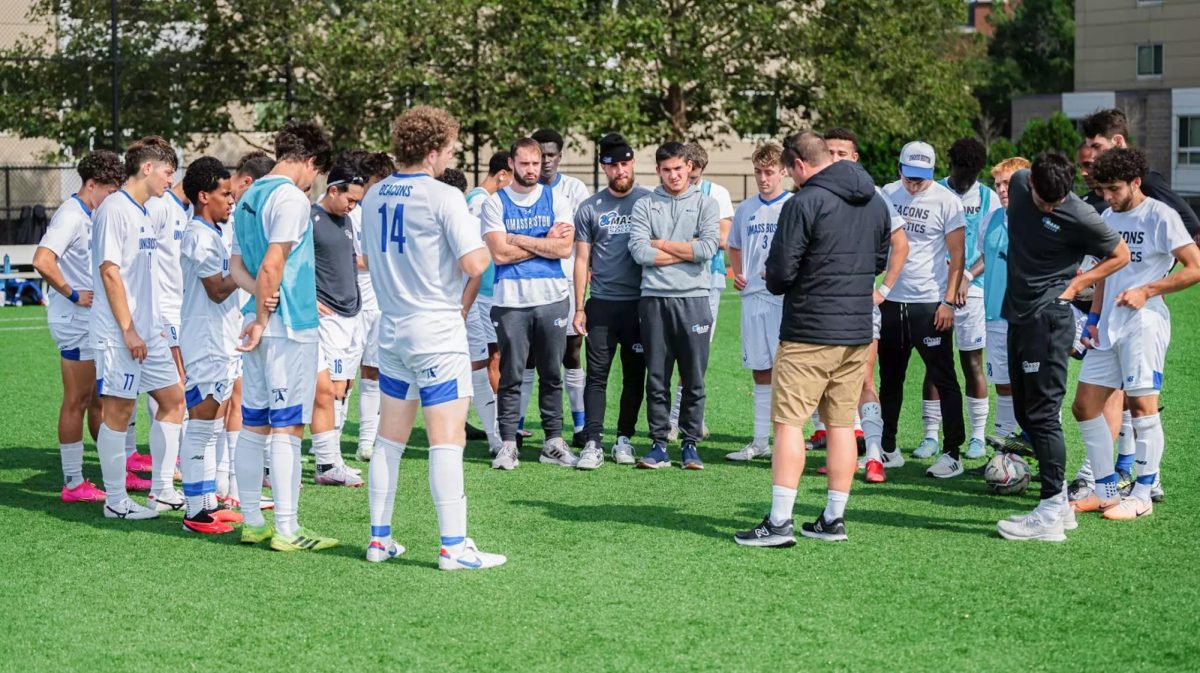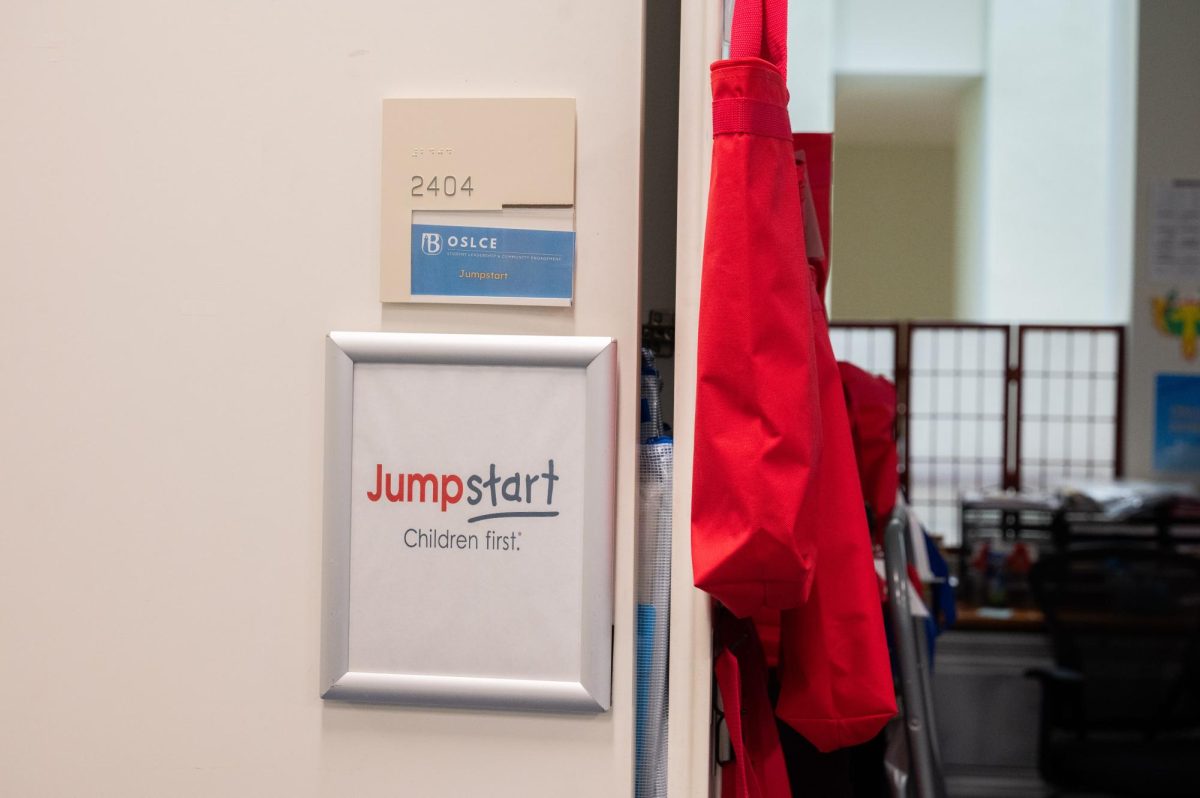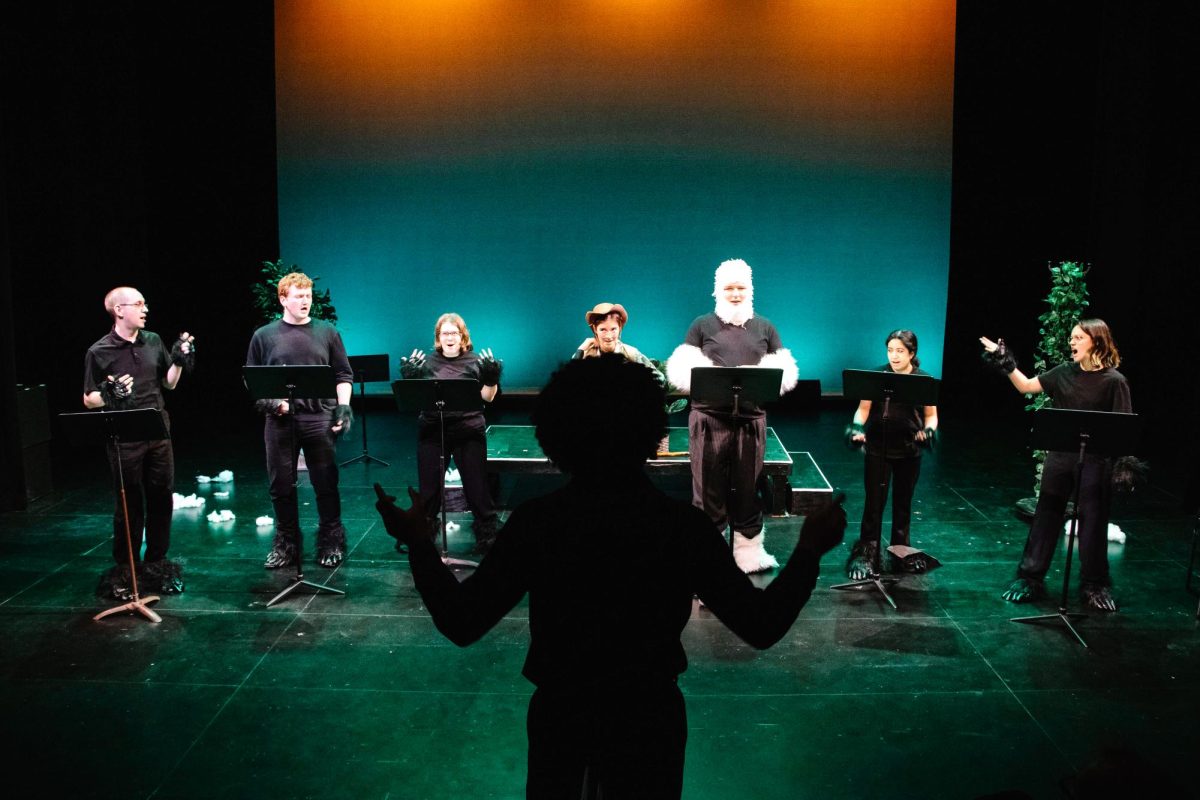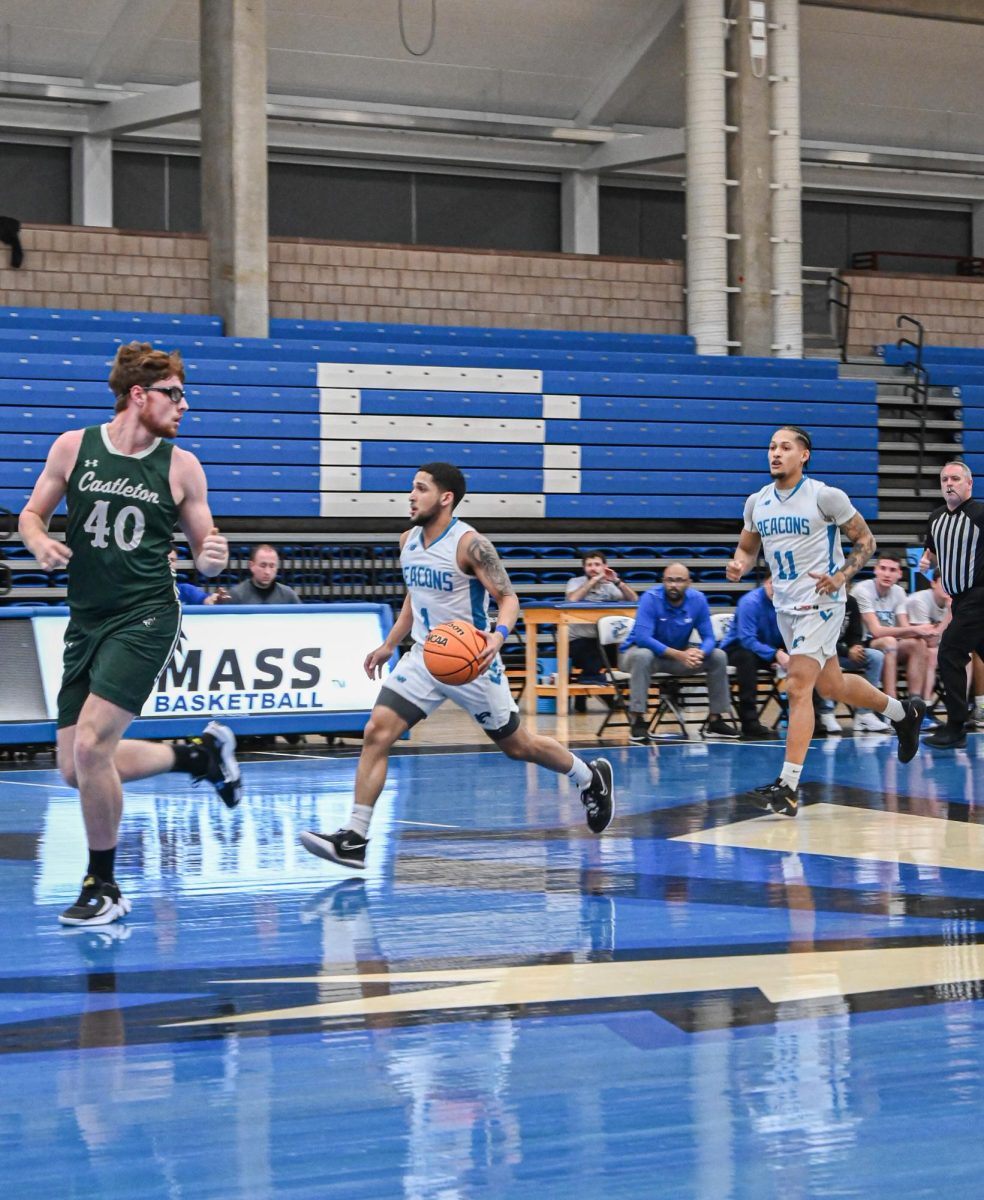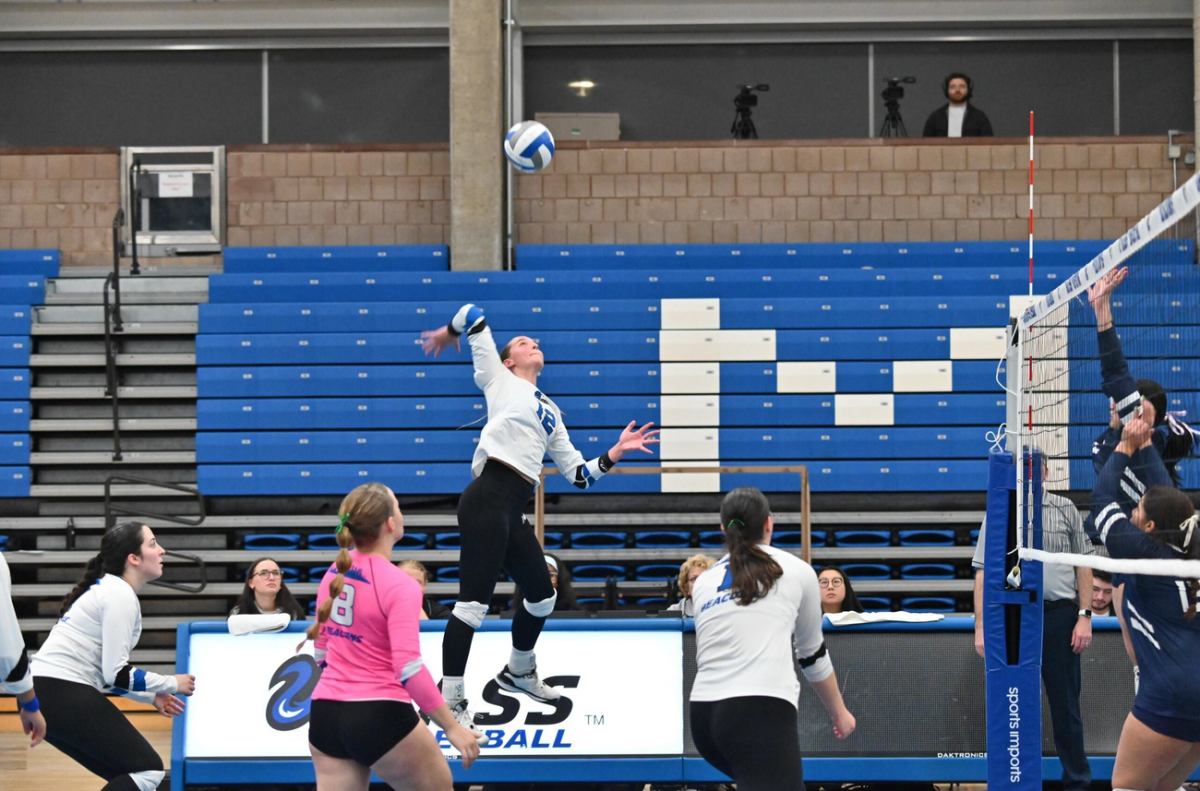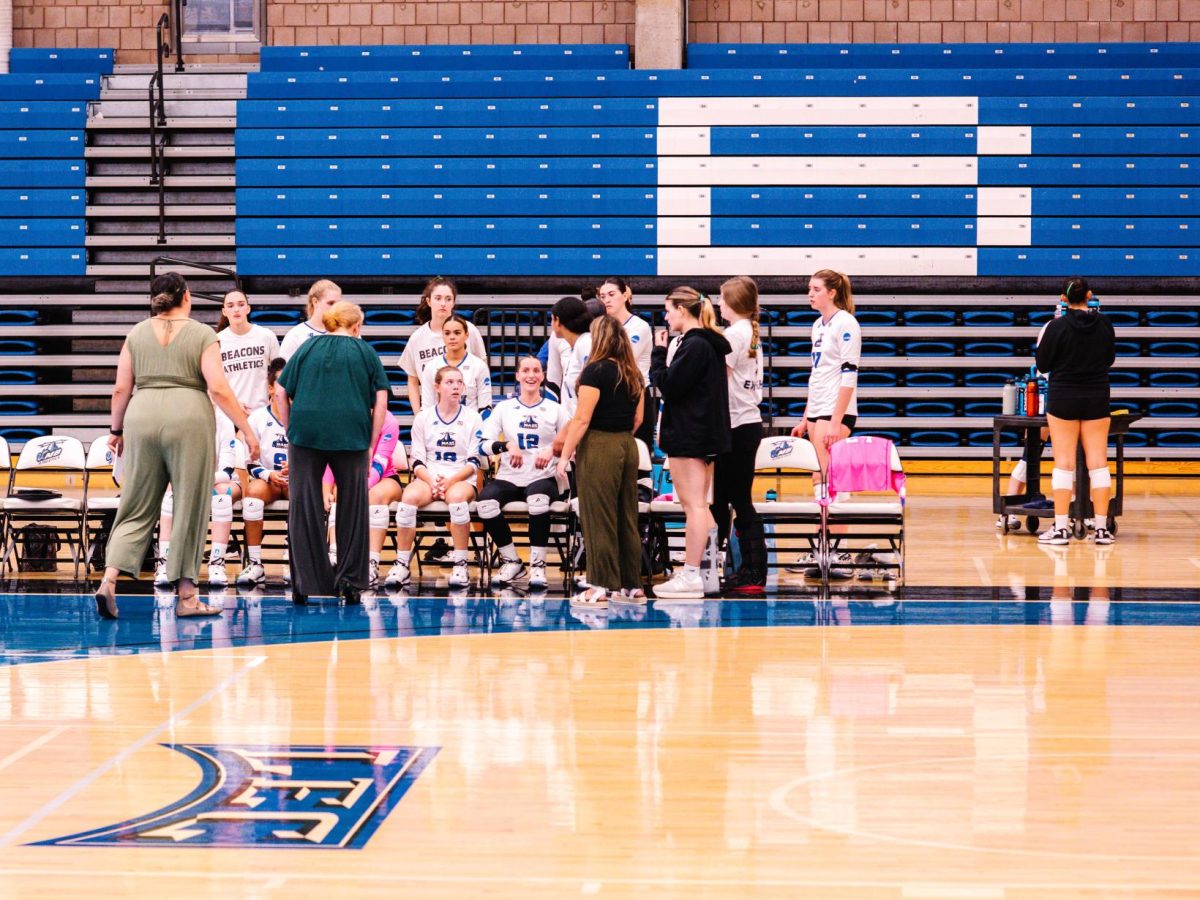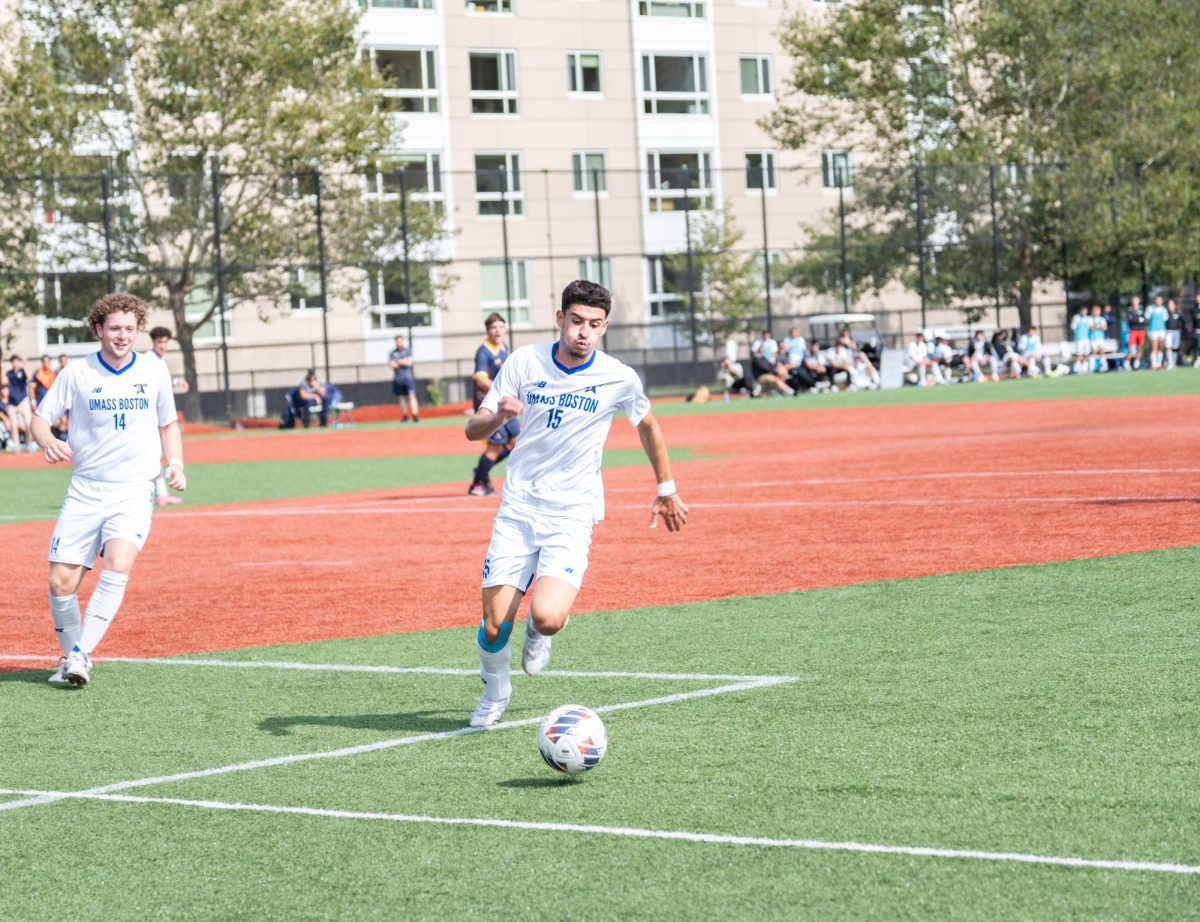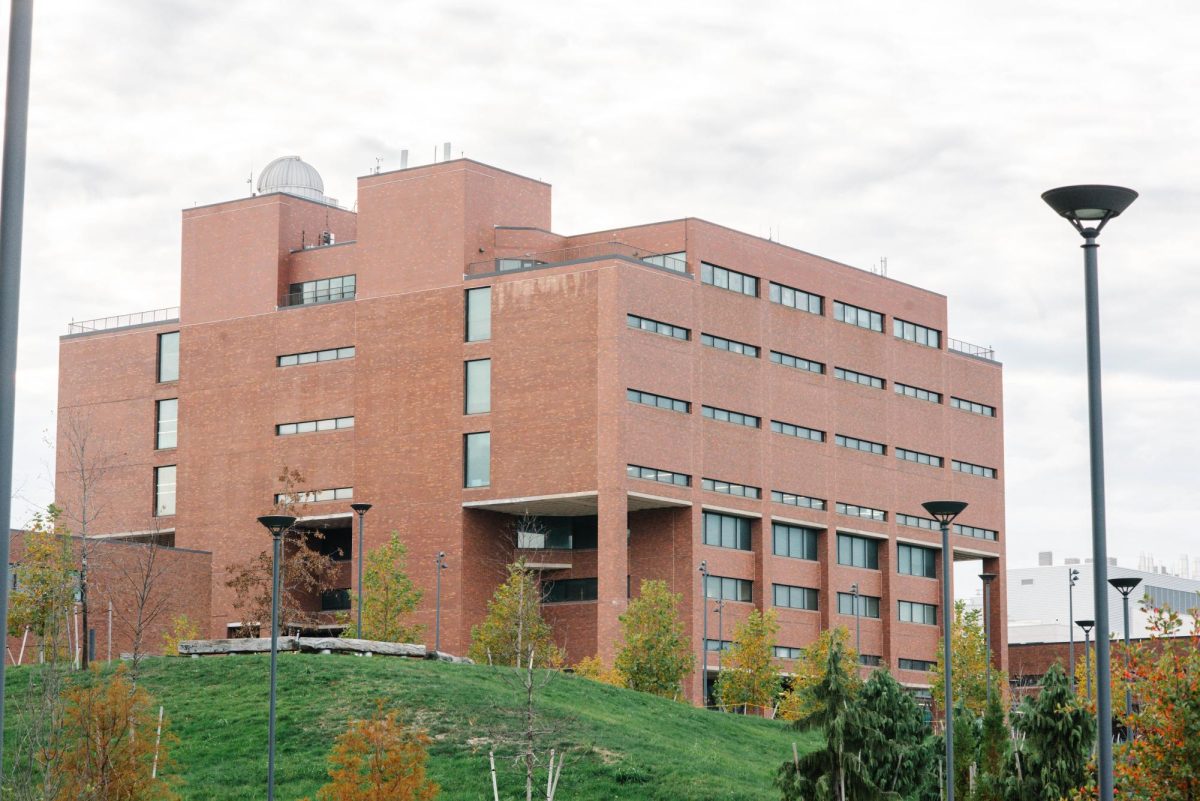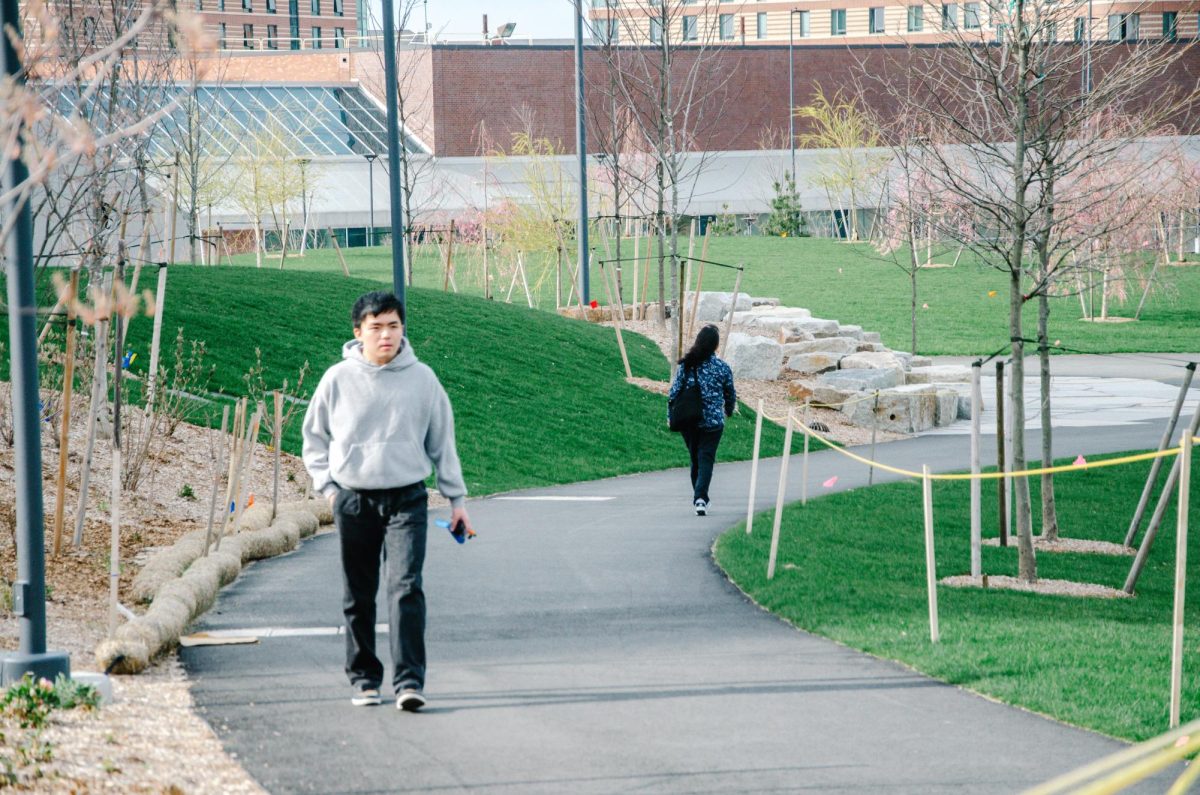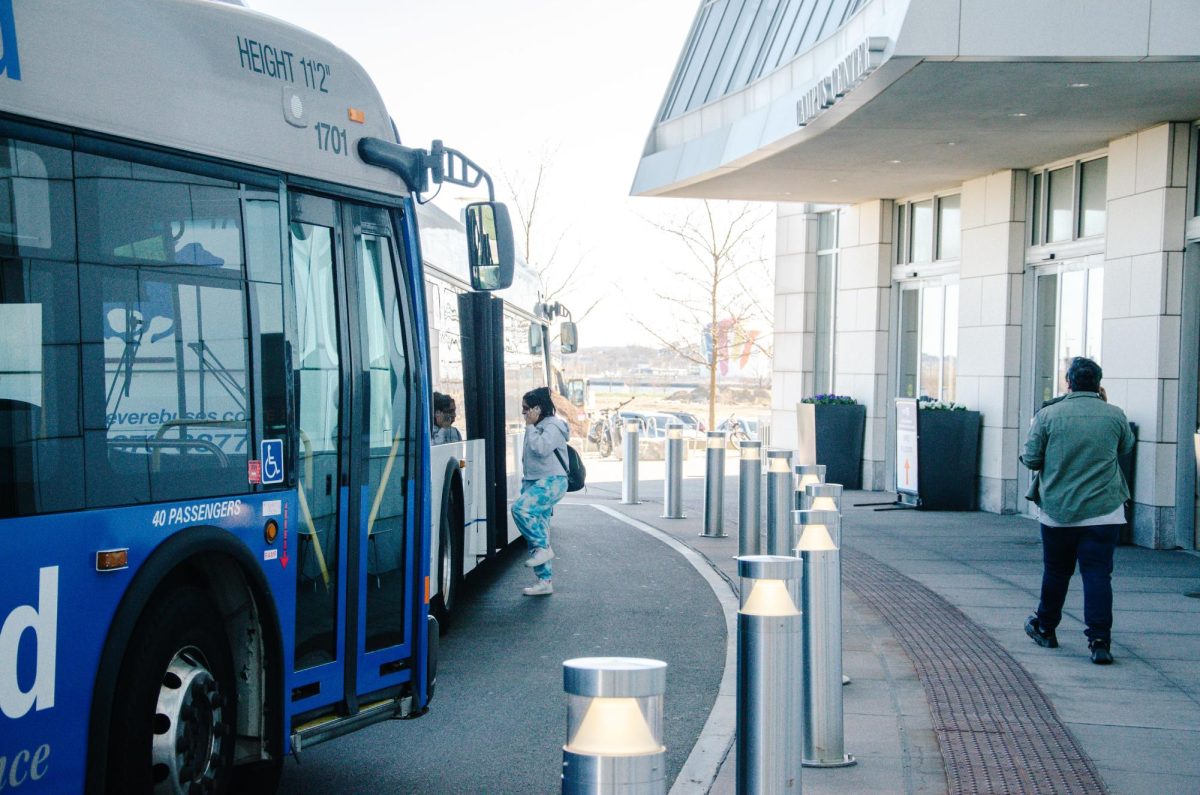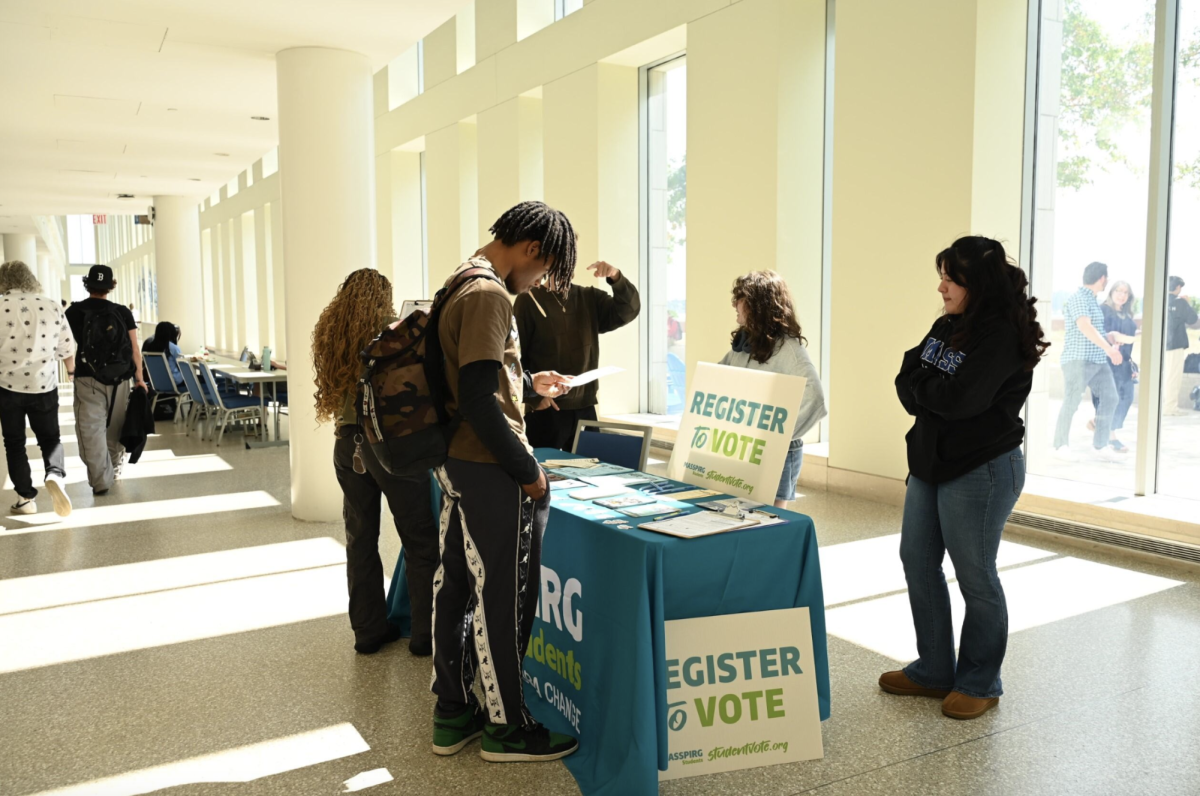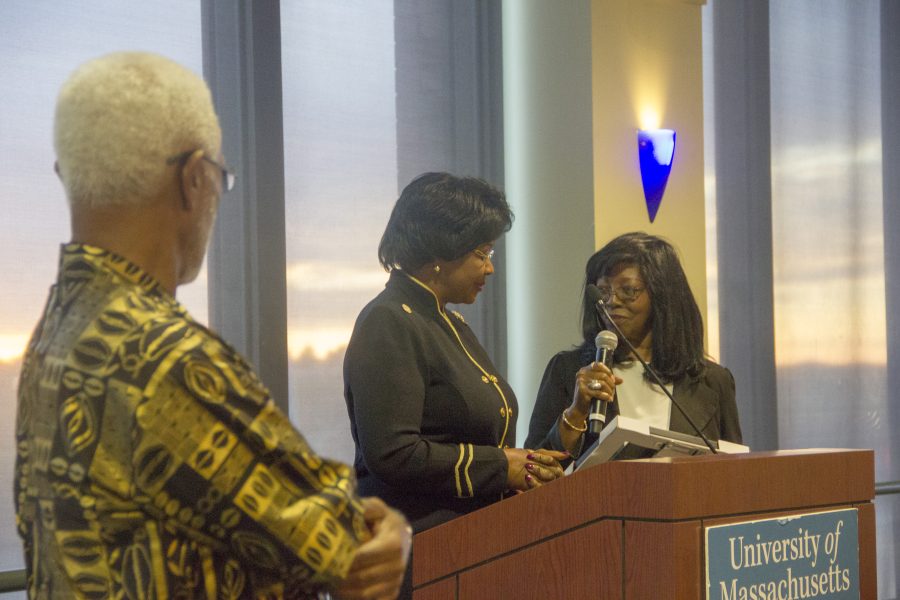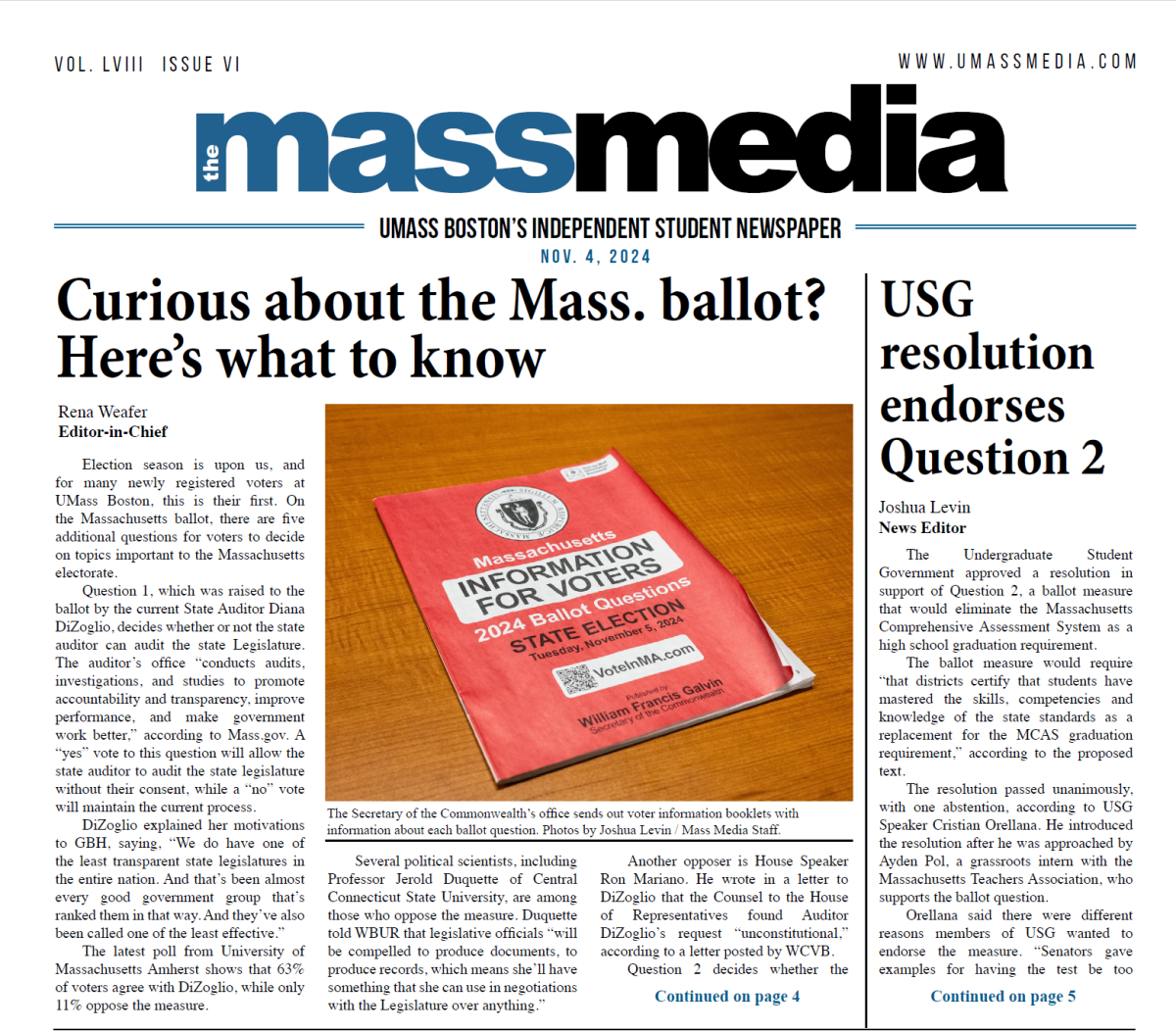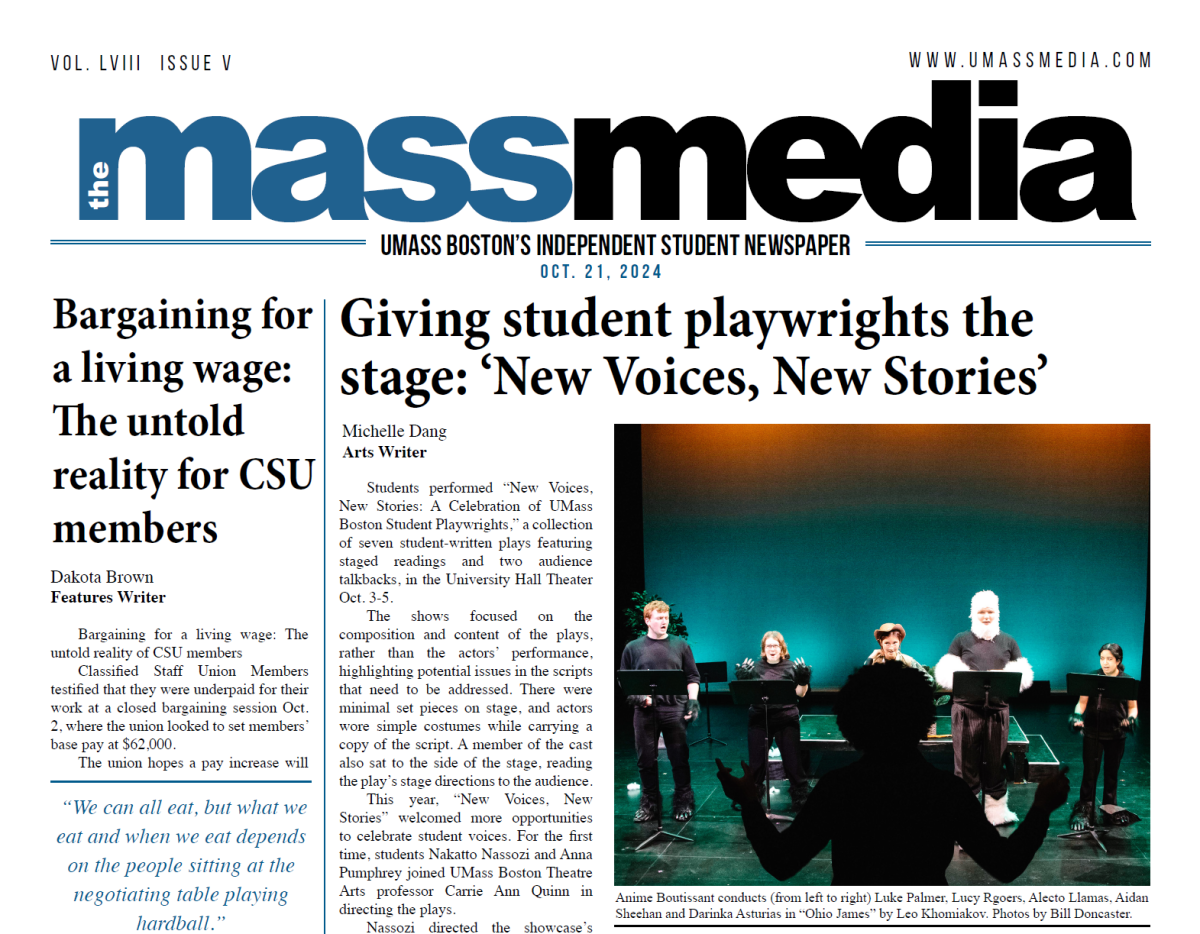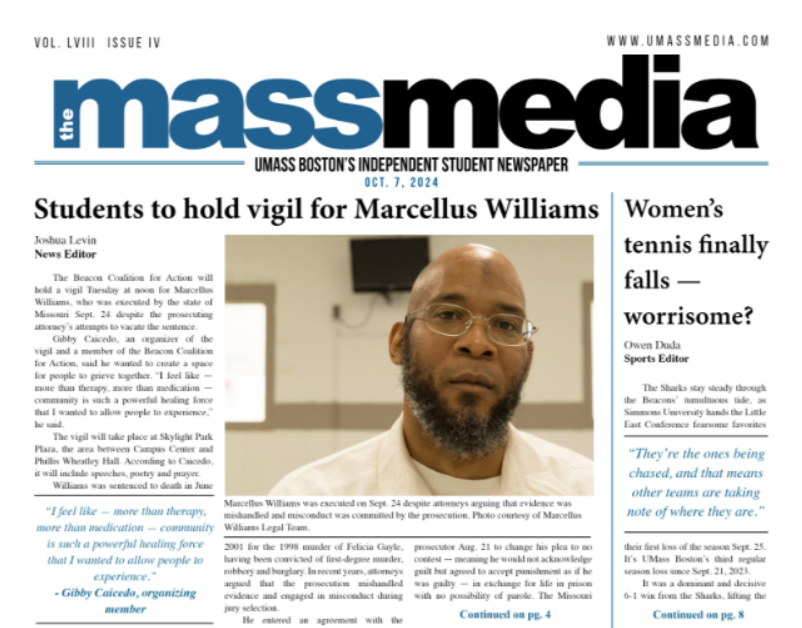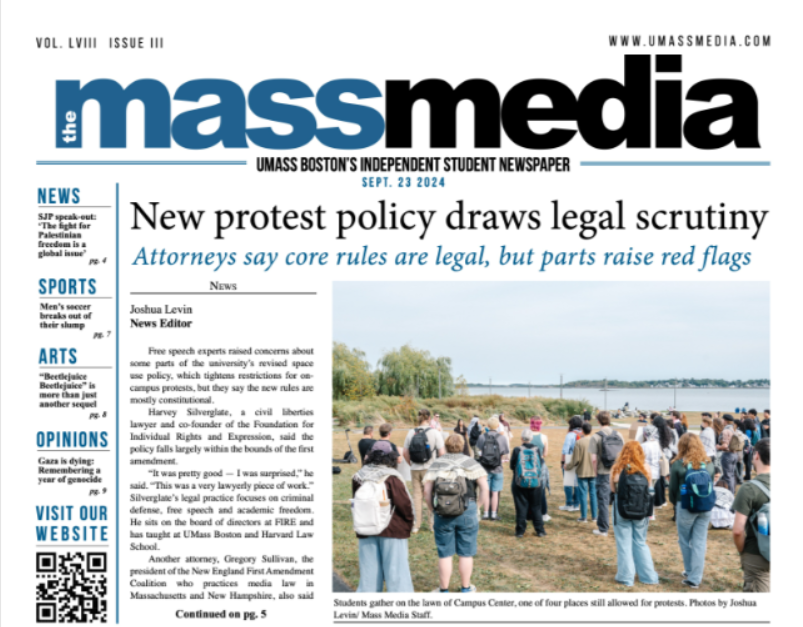“Student Activities” Trust Fund?
February 20, 2002
Ever wonder where the money that the Student Senate doles out to the students for special events and clubs comes from? It comes from you, the students. Specifically, it comes from the Student Activities Trust Fund (SATF), money collected via a mandatory fee for student activities. Every semester when students receive their bills from the university they are separated into line items. On that bill, each line tells which area of the university receives what amount from student fees.
This system seems ideal because it allows students to view, at a glance, what money ends up where, how much, and why. It is especially valuable at a state university such as UMass because it lets the student body know how much of the money is being institutionalized, put into the whole UMass system, and how much is staying on our campus; tuition is institutionalized and fees stay here. However, a recent move by the UMass administration has led to some questions about the management of student funds, especially one: Does the money really go where we think it does?
There is one place you can be sure the money goes: the university. “All funds, regardless of the source or the manner in which they are acquired, are considered to be University Funds,” states the Policy for Management of University Funds (Document T92-031).
Dean of Student Affairs, Stephanie Janey, reiterated that when she said about the SATF, “the trust fund, like all funds that come to the university, regardless of what they are or where they come from, are state funds.”
On January 8, Byron Drinkwater, budget director for UMass Boston, sent a memo to Dean Janey announcing the shift of two salaries of Student Life employees from the state budget to the Student Activities Trust Fund. The two salaries, along with benefits for those two employees, come to around $100,000, an amount which constitutes 20% of the $500,000 trust fund. “These transfers will be made for appropriate staff whose duties fall clearly within the purpose of the trust to which they are being charged, and where there are sufficient funds to support these costs, at least for the current year,” Drinkwater wrote. Right now, the money is coming from the SATF carryforward, the amount which was left unused at the end of the last fiscal year, but in the future it could be deducted from the fund itself, leaving less money for direct use by students.
The use of carryforward for these salaries cannot be repeated next year, it is a “one-time” solution. The university will have to search for another source for these salaries next year, most likely the active funds of the SATF. The use of carryforward means that this money may be coming from students who do not even attend the university anymore. When Dean Janey was explaining the construction of the Student Senate’s budget, and her task of overseeing the use of the SATF and other funds she described one of her main concerns in that task; she is sure to be careful that “they [Student Senate] are not making funding decisions that would impact future students and saddle them with the burden.” It appears this is just what the administration is doing by moving these two salaries from state funds to the SATF budget.
The state budget is a nightmare this year. Due to many changes the country has experienced, things look different now than they did when the fiscal budget was due to be implemented on July 1, 2001. The state budget wasn’t even approved by the legislature until November, and was much less than state institutions were expecting. Fees have increased $350 and will raise another $650 next semester. Because the state budget was approved so late in the year and turned out to be less than the university was expecting, the UMass system now finds itself scrambling for ways to make ends meet.
According to Janey, UMass Boston “went into this fiscal year thinking that our budget was pretty much what it had been the year before …but the budget was not actually approved until very late into the year.” This created problems for the administration because by the time the budget came through, they had been paying salaries and had committed other money out of the amount they anticipated receiving from the state. “When that budget was actually approved,” Janey explained, “the realization was that it was not going to be what we thought and at that point the university, as well as everyone in the state, had committed the funds. They gave us the approval to continue spending as we had in the past, not doing anything new but just level funding, while we waited for the official budget.”
So, the administration now has to find new sources for money that used to come directly from the state. “They looked at trust funds in everybody’s area, including the Student Activities Trust Fund and said okay, we have staff who actually work with the students to support what they do and could temporarily be moved onto the trust fund and it wouldn’t violate the trust fund if that happened … The mandate for it to happen basically came from the state down to the trustees, down to the campus, and at that point it wasn’t as if, ‘well, we’ll ask the students if we can do this’, it was ‘well, we’re going to do this now,'” Janey explained.
The Student Activities Trust Fund was created in 1968. The trustees have the final authority over the money; the oversight of the fund is delegated to the Vice Chancellor for Student Affairs, who delegates it to the Dean of Student Affairs; and the day-to-day management of the fund is the responsibility of the Director of Student Life. “How these monies are expended is a major determining factor in the quality of campus life outside the classroom for students,” states the Policies and Procedures Manual for the management of that fund. The document has a section outlining rules for those employed in the Student Life area and paid by the trust fund. There are also several rules therein delineating the monitoring and evaluation of those paid by trust fund money. There is no mention of anyone in this section except students and Center coordinators and their staff. The only people paid by the SATF are students and organizations that directly benefit students, according to this document.
The question that seems to arise most frequently in discussion of this transfer is whether or not paying these Student Life employee salaries is a violation of these funds. Janey answered, “It doesn’t violate them, and the students may disagree with that but the documents say what they say and that’s what you have to go by, what the document says … Students often don’t understand that, in fact, all the money belongs to the state no matter how it comes and no matter how it’s used … It all belongs to the state and, therefore, it’s under the control of the trustees and the trustees designate control to the chancellors.”
But, perhaps it is not that students do not understand the way university funds are set up, but that they cannot change the status quo. “We as students have to support the system that supports us,” said Heather Dawood, President of the Student Senate, “and the way that these funds are set up, the money belongs to the university.” Dawood
acknowledged that Student Life is an important part of the support system for student organizations and clubs. She also added, “I understand that students feel like their voice was taken away, but that happened across the board at the university. The people in Student Life are exploring resources to expedite moving these salaries off of the SATF.” She also added later that, “The Student Senate is exploring whether or not the university has a legal right to access funds from the SATF. Although it has been done historically, there were a number of reasons why Student Life salaries were taken off the budget of the SATF.”
Joyce Morgan, director of Student Life, explained that this is “a solution that is within their [the administration’s] rights, but it’s not anybody’s first choice.” She added, “I assume they researched all the options and this seemed the most prudent.”
This fund has been used in the past to pay student life employees and, according to both Dean Janey and Joyce Morgan, director of Student Life at UMB, at some institutions such trust funds support the salaries of the entire staff of Student Life. So why did these salaries move in the first place?
Apparently when students were aware that their activities money was being used to pay state employees there were problems. Students felt that they should have the authority to oversee those employees whose salaries were being paid directly from their trust fund.
“In some cases students feel that their money shouldn’t be used to support salaries, that the university should pay for those salaries, if they are of that mind then they really feel that the university is infringing on their monies,” Janey said, “and in some cases because the staff are on the trust fund, they think they should have a right to supervise them so to speak; hire, fire … in the past there’s been a history of a lot of negativity around that … They had taken them off because of the fact that it caused a lot of problems.”
No one seems to be pleased with the situation, but those directly affected are accepting this as one of many incidences where the university is feeling the sting of $5.7 million budget shortfall for the current fiscal year.






